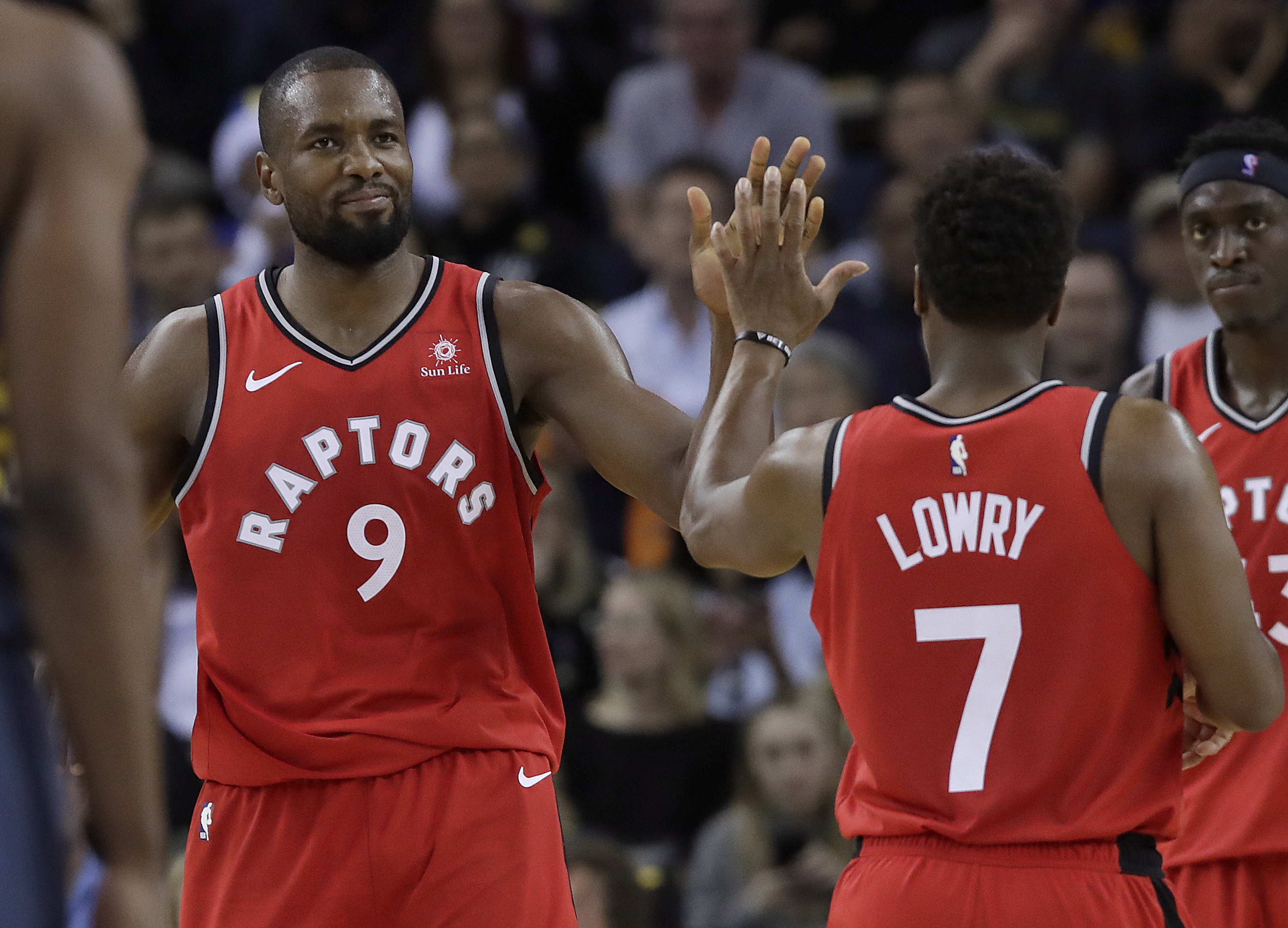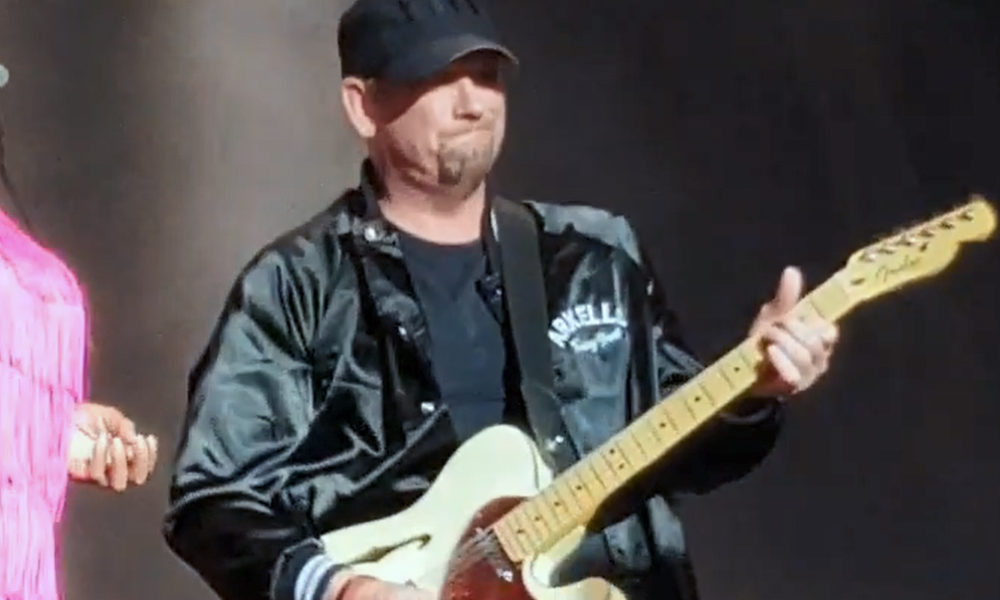The Toronto Raptors defeated the Utah Jazz at home last night, improving their record at Scotiabank Arena to a franchise-best 9-0 and their overall record to 15-4. More impressively, the Raptors outscored the Jazz 77-37 at halftime, the halftime biggest lead in franchise history, and finished with a score of 130-110 against a Jazz team that entered the night with the third-best defensive rating in the league (103.2).
The Raptors have been impressive as of late and are currently on a seven-game winning streak despite missing Kyle Lowry and Serge Ibaka for most of those wins.
The Raptors play three games this upcoming week, all against teams at least seven wins above .500. Here is a breakdown of their upcoming schedule:
- Tuesday, December 3rd at 7:30pm: Miami Heat (14-5) @ Toronto Raptors
- Thursday, December 5th at 7:30pm: Houston Rockets (13-6) @ Toronto Raptors
- Sunday, December 8th at 6:00pm: Toronto Raptors @ Philadelphia 76ers (14-6)
- Combined winning percentage: .707%
Let’s look ahead to the five most interesting storylines for the upcoming week:
- Tough schedule
Despite having two games at home, this upcoming week represents the toughest part of the Raptors schedule for a long, long time.
Looking ahead, the Raptors have one of the most difficult schedules in the league in December, playing 10 of their 15 games against above .500 teams.
It’s a chance for the Raptors to prove the pessimists wrong; those who argue that the Raptors are a “pretender” because they have had trouble defeating elite competition this season with an average 6-4 record on the road.
While it’s true that the Raptors four losses have all come against elite teams — they are a perfect 12-0 against sub .500 teams — their record doesn’t tell the whole story.
First of all, the Raptors have had one of the toughest schedules in the league to start the season and all of their losses have come in tight games on the road, with one being the second night of a Los Angeles Lakers-Clippers back-to-back.
Secondly, the Raptors were without Kyle Lowry, Serge Ibaka, and Patrick McCaw for their previous two losses, which came against the Clippers on November 11th (where they were also missing OG Anunoby) and the Dallas Mavericks on November 16.
Even so, the Raptors are third in the league standings at 15-4 with the second-best point differential at +9.1.
Ibaka returned to action on Sunday against the Jazz and Lowry is expected to return on Tuesday against the Heat. It will be the first time the Raptors have a near-healthy team since November 8th when Lowry and Ibaka went down with injuries against the New Orleans Pelicans.
Still, the Raptors star power will be tested against elite teams like the Heat, Rockets, and 76ers, especially as they adjust their rotation to fit Lowry and Ibaka back in. If they can come out of this week 3-0 or 2-1, they will likely remain where they want to be: second-place in the Eastern Conference
- Bench players’ minutes
With Lowry and Ibaka returning to the fold, it will be interesting to monitor how the bench players Chris Boucher, Rondae Hollis-Jefferson, and Terrance Davis will be affected and how their minutes will be redistributed.
Boucher is averaging 9.1 points on 49.3 percent shooting since November 10th, the first game after Lowry and Ibaka went down (the following stats are from November 10th to November 30th, not including the game against the Jazz when Ibaka returned). He has been a deterrent at the rim, averaging 0.9 blocks, and his 6.6 rebounds per game are even more impressive when you consider that 3.2 of them are coming on the offensive glass. He is also averaging just 0.6 turnovers per game, making him a fairly safe option for Nurse.
Boucher’s ability to space the floor — he is shooting 32.0 percent on 2.5 three-point attempts per game in that stretch — allows him to play in almost lineup, whether it’s with a traditional big man like Gasol or with Hollis-Jefferson. Fortunately, that could be the biggest reason he continues to get big minutes, even with Ibaka back in the fold (it’s worth noting that Boucher got zero non-garbage time minutes against the Jazz).
Hollis-Jefferson is averaging 10.5 points of 56.8 percent shooting since getting expanded minutes, but his biggest contribution is coming on the boards and defense. Hollis-Jefferson is averaging 6.9 rebounds per game and 3.2 are on the offensive glass. Unlike Boucher, who uses his size, wingspan, and positioning to corral rebounds, Hollis-Jefferson usually sprints to the ball and out-hustles everyone on the floor. Nurse has talked about how those second-chance opportunities lead to big momentum swings, and he has also talked about Hollis-Jefferson’s defense being an asset.
When Anunoby rests, Hollis-Jefferson has become Nurse’s second-option to defend elite perimeter players, which he is excelling at. Hollis-Jefferson has elite foot speed as well as the size and strength to hang with almost any perimeter player in the league. He also has great hands, averaging 0.9 steals in this stretch.
Davis was a part of Nurse’s rotation from the very beginning of the season, but this stretch has seen him get increased minutes and opportunity. Davis is averaging 10.6 points on a ridiculously effective 52.6 percent shooting and 45.2 percent from behind the arc (on 4.2 attempts per game).
Considering he is an undrafted rookie point guard, those are ridiculously efficient numbers. What’s more, Davis is also a reliable defensive player who understands the game at a high level and plays smart. He is averaging 4.0 rebounds, 3.0 assists, and just 0.7 turnovers in this stretch.
All three players likely earned a regular spot in the rotation after this impressive stretch where they helped the Raptors thrive despite significant injuries, but their minutes will be reduced with Lowry and Ibaka back in the fold. For young players with limited experience in the league, it will be interesting to monitor how that affects their play.
- Stormin’ Norman
Norman Powell has started coming into his own in these past couple weeks. That can be chalked up to one of two things:
- Nick Nurse called him out for being inconsistent after their loss to the Mavericks on November 16th, and every time Nurse calls out one of his players, it seems to have a positive effect.
- After coming off the bench to start the season, Powell has started every game since Lowry went down and has seen his minutes and his offensive responsibility increase dramatically.
In 12 games since November 8th, the night Lowry went down with a hand injury, Powell is averaging 16.0 points of 49.0 percent shooting in just under 31 minutes per game, scoring double-digits in 10 of 12 games. He has looked much more confident shooting the ball in that stretch, shooting 41.9 percent from three while corralling 3.8 rebounds and 1.8 assists.
He has been smarter all season in terms of his shot selection, scoring most of his points from behind the arc (40.6 percent of his points), slashes to the rim, from the free-throw line, or on the fast break where he is scoring a career-high 29.1 percent of his points.
There are a couple of reasons Powell seems to thrive in the starting lineup. One has to do with him playing with better playmakers like Gasol, allowing him to get good looks in the half-court by spotting up or slashing to the rim. When Powell comes off the bench, there are fewer playmakers and he is asked to initiate more of the offense himself, leading to lower-percentage shots and some questionable decision-making.
The second reason has to do with the floor being better spaced with the starters than with the bench, which means Powell has more open catch-and-shoot opportunities as well as more open paint to drive to the basket.
Ahead of the season, I wrote that Powell had the potential to be the Raptors x-factor, and I suggested that starting him in place of VanVleet made the most sense for the team. That is no longer the case with VanVleet playing this well, but Nurse needs to find a way for Powell to remain a consistent scoring threat while coming off the bench, because the Raptors need all the scoring they can get.
- OG Anunoby
Speaking of scoring, Anunoby is one of the only Raptors who has seen his production decrease with the injuries to Lowry and Ibaka. That could have to do with Powell replacing Lowry in the starting lineup.
After starting the season hot, Anunoby is averaging just 10.3 points on 49.4 percent shooting in 27.1 minutes in his last 11 games. While he is still playing great defense and being efficient on the offensive end, he failed to take advantage of the opportunity afforded to him with Lowry and Ibaka out. Instead, VanVleet and Pascal Siakam have taken charge and Anunoby has been relegated to a secondary role. Considering all the tools Anunoby has, it might be smart to get him more touches and shots instead of having him just spot up from the corners on offense.
Part of Anunoby’s struggles could have to do with the loss of playmaking with Lowry being replaced by Powell in the starting lineup. Powell is not a playmaker, and VanVleet cannot replicate all the things Lowry does as a leading point guard.
Anunoby just seems more comfortable playing with Lowry, who has a special ability to empower his teammates. For as good as VanVleet has been in this stretch, he is best playing the two-man game with Gasol or Siakam or taking big-men off the dribble himself. He isn’t nearly as good as Lowry at finding all four of his teammates on the floor for good looks, and it has hurt Anunoby.
- Big man rotation
Between Gasol, Ibaka, Hollis-Jefferson, and Boucher, the Raptors have a lot of options that can pretty much only play power forward or center.
It’s the one part of their roster that is especially deep, and it might be worth monitoring the teams’ big men for a number of reasons.
Firstly, Gasol and Ibaka are still going to get most of the center minutes as we saw Sunday against the Jazz, which means Hollis-Jefferson and Boucher will be competing for backup power forward minutes behind Siakam. If both those guys continue to play well, one possible solution would be playing Siakam more at the small forward, which Nurse has said he is open to doing, leaving more minutes for Hollis-Jefferson and Boucher.
Another reason to monitor the minutes of all four of these big men has to do with one being a possible trade piece down the road, especially if one falls out of the rotation.
The Raptors have a lot of depth at the forward positions but little depth at guard. If the Raptors continue playing this well, they might want to make a win-now move ahead of the trade season. If a guard that can significantly help this team becomes available closer to the trade deadline (or even a stretch big like Danillo Gallinari), it might make sense for the Raptors to trade one of their big men — especially if one falls out of the rotation — as well as a pick to improve their roster.



